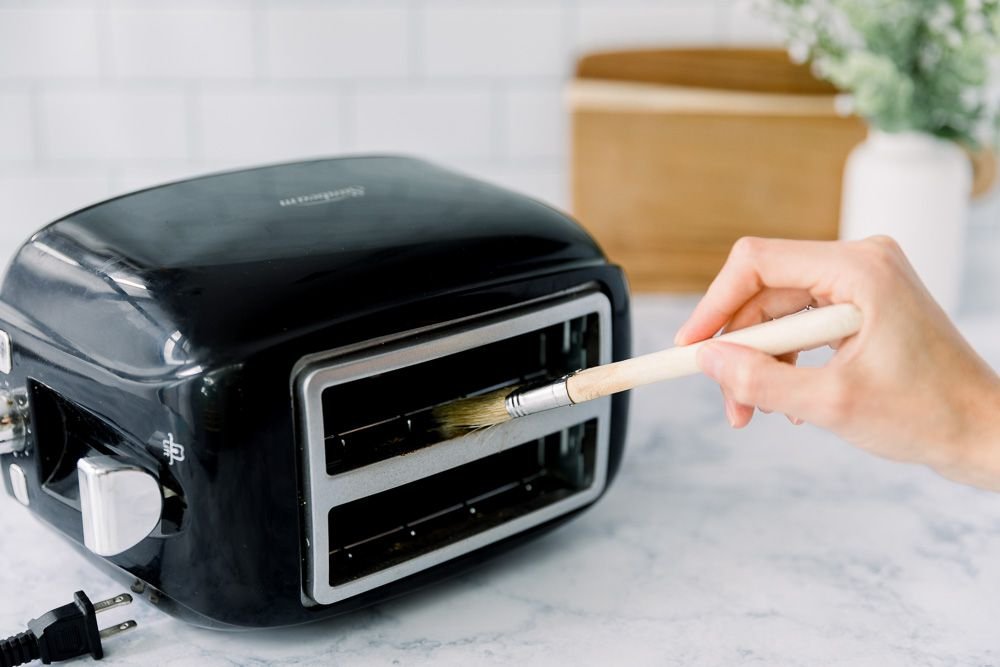For your dishwasher to provide the best possible results it should work in optimal conditions. You will have to decide how often to put salt in it, depending on whether your supplier provides soft or hard water. Even though most dishwashers have an integral water softening unit, you still must supplement it with granular salt. If the water does not contain calcium particles then it is soft, making the detergent you use work more effectively and not leave streaks on your dishes. Hard water usually blocks the washer jets with limescale and causes deposits on the heating elements, which in turn reduce cleaning efficiency, shorten the life of the machine and increases the electricity bill.
To avoid all this, you must ensure regularly topping up the reservoir of your dishwasher with granular salt to provide a soft water supply.
So if you’re:
- Wondering how to use dishwasher salt.
- Looking to find out what dishwasher salt is.
- Trying to figure out what type of salt you can put in your dishwasher.
This post is for you.
How do you use dishwasher salt?
If you have ever wondered how to use dishwasher salt it is always best to first check the manual provided by the dishwasher manufacturer to be sure where does dishwasher salt go. Before you use your dishwasher, you must make sure to fill in the dishwasher reservoir with a salt solution. If this is not the first time and the reservoir is full of water, you can still pour the salt in it and it will dissolve. If you are not going to use the machine immediately after refilling it, it is best to wipe away any displaced water from the machine with a paper towel.
Now that you know where to put dishwasher salt and have successfully filled in the reservoir make sure to return the cap and close it tightly. Most of the water softeners can be adjusted according to the water hardness to achieve optimum results.
Why should you use dishwasher salt?
Since you are already using dishwashing detergent, then why do you put salt in a dishwasher? Some of the main benefits are:
- Limescale prevention – Regular replenishing of the salt supply in your dishwasher will keep the water soft and that may be crucial to your appliance if you live in an area with hard water. This will ensure a lower amount of malfunctioning parts due to limescale build-up. A monthly top-up is recommended.
- No watermarks on your glasses and dishes – the easiest way to check if you need a salt top-up is to inspect your glassware. If you find any watermarks or spots, this means the water used by your dishwasher has gone quite hard. Softening the water would ensure a clean and finished look on all your glass dishes and glasses.
How much salt to put in a dishwasher?
Some machines may make it quite easy for you to know when you need to refill the salt. There is often a float indicator or another type of warning light which will go off when you need to top it up. But even if you have such an indication it rarely tells you how much salt to put in the dishwasher. Either way – you should always make sure to fill in the reservoir to its maximum capacity. Each wash will use up some salt to soften the water. So, depending on your usage you should make it a habit to top up the dishwasher with salt at least once a month.
It is impossible to put too much dishwasher salt and cause cutlery corrosion. If you find any rust on your cutlery then that means they are simply not suitable for a dishwasher and should be washed by hand.
Can I use any type of salt?
Granular salt classified for dishwashing use is the only type of salt you should be using for your machine. Even though it is called salt and is the same chemical that makes table salt, it should not be mistaken and cannot be substituted by sea salt, cooking salt or table salt. The salt used in cooking is usually very fine and may result in clogging when wet, while dishwasher salt is granular and dissolves slower and does not block the softening unit.
Most of the salt sold in the Ireland comes from an underground Cheshire mine. There are some dishwasher salt varieties offering Dead Sea salt, that can be used carefully. Dead Sea salt often contains small organic matter, which is insoluble and if used frequently can cause problems.
Book a professional service
You can rely on expert cleaners that know how to get rid of even the most challenging stains and are always ready to take the weight of cleaning from your shoulders. Contact us now and book a local professional cleaner that will bring your dishwasher back to life. Moreover, If your kitchen appliances need a deep clean, consider combining both services for wonderful results!





